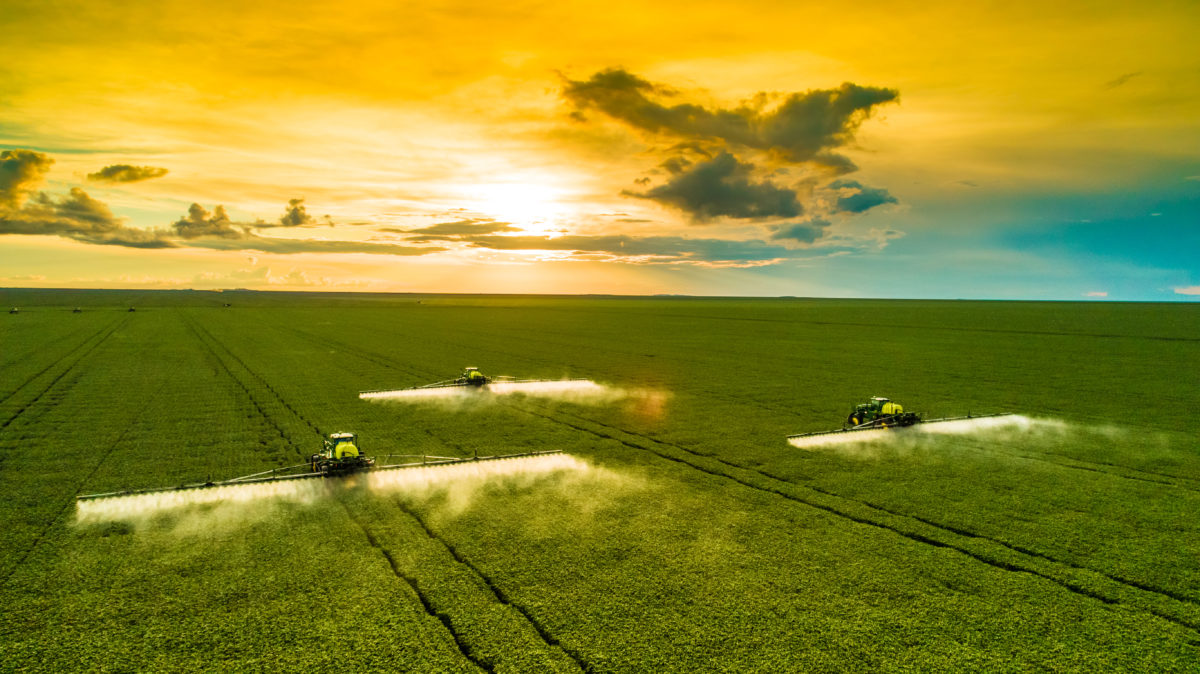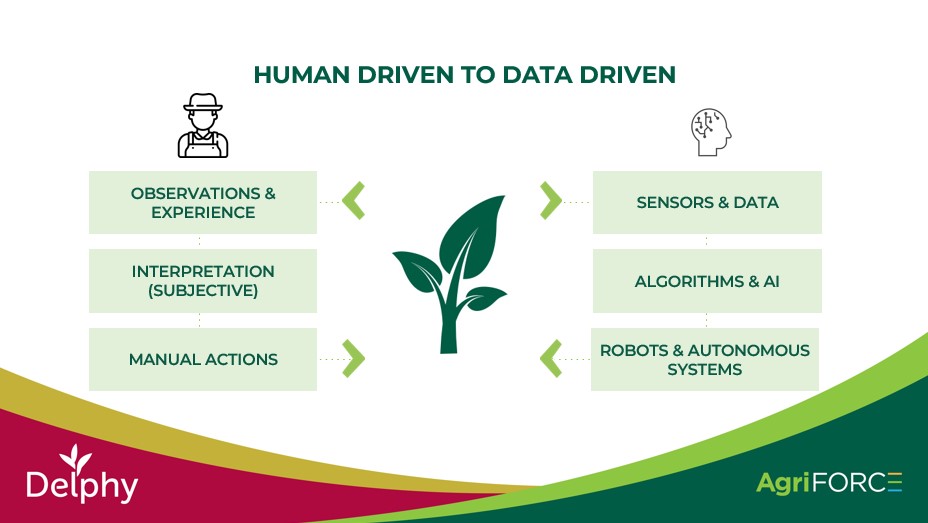This year, we have seen historic droughts in multiple regions globally, including North America. When it comes to water scarcity, agriculture represents both a cause and a solution, with the industry using a huge amount of freshwater worldwide. In North America alone, 70% of fresh water is used by agriculture1. With the global population expected to reach 10 billion people by 20502, we will need to continue to produce more food to feed the growing number of people on the planet. It is progressively apparent that we must identify ways to achieve more crop per drop.
How can controlled environment agriculture help?
One of the solutions that can reduce water consumption significantly is controlled environment agriculture (CEA). Greenhouses utilize hydroponic growing where plants are grown in a small area, called a “root zone”, often a pot or a slab. By growing in this small zone, water is used very efficiently. The cultivator doesn’t need to irrigate much, as water isn’t flushed into the deeper layers of the soil, and any excess water can be recollected and reused. Furthermore, water that is transpired by the plants, for the transport of nutrients and for cooling themselves, can be condensed by active cooling. The condensed water is then collected and used for irrigation again, creating a closed cycle.
The diagram below illustrates how CEA utilizes less water when growing tomatoes. In Spain, the water consumption per kilo of tomatoes in open field farming uses up to 60 litres water. In a regular greenhouse this is reduced to 22 liters of water3, and with more advanced technology like dehumidification and recollecting the water – even in a semi closed greenhouse – it can go down to 4 liters of water per kilo of tomatoes. With this example, we see the large impact technology can have on reducing water consumption in in agriculture.

What about field crops?
Farmers and growers today are increasingly faced with difficult environments, whether it is extreme temperatures, dry, or saline conditions. One of the solutions is resilient crop varieties that are bred to prevail in such situations, in combination with innovations in drip irrigation and fertigation.
Another development that facilitates more sustainable cultivation is tissue culture, the replication of plants using cellular material. This provides a robust way to breed and change plant characteristics to improve certain qualities. AgriFORCE recently announced the binding letter of intent to acquire Deroose Plants based in Belgium, which includes the acquisition of an IP bank that is focused on plantation crops. Things like rubber, palm oil, and bananas are grown on plantations, and these plantation crops often have a tremendous impact on the environment. Most of the large plantation countries in the world- Malaysia, Indonesia, Thailand- have now restricted the planting of plantation crops, which means the industry needs to come up with smarter ways to manage resources. Over the past 10 years, Deroose tissue culture labs have developed new IP for rubber and oil palm trees that have significant yield advantages. In the case of rubber for example, the cultivation time to full production is reduced by 1.5 years, or 30%, versus regular rubber trees, thereby utilizing less water and land over time and driving sustainability outcomes.

How is technology enabling us to use less water?
Another solution for reducing water consumption is digitization. Many growers in open field agriculture and in greenhouses currently irrigate based on their subjective experience and historical best practices. Digitization presents a way to manage the crop and the cultivation based on objective data, and thereby optimize the use of resources. For example, the data collected by sensor and vision technology can be interpreted by algorithms and AI, leading to actions by robots and autonomous growing systems.
These developments are currently being implemented in the Netherlands as well as globally help to reduce consumption of water and energy. Irrigation can be made very targeted to what the plants really need, not only from the subjective analysis of the farmer, but objective data from sensors and AI.

Are there other ways we can use less water throughout the food system?
Innovation in food and food systems goes beyond growing crops but also into how we process food products. Food innovation is needed to not only deliver more nutritional benefits, but to do so in a way that reduces water consumption.
AgriFORCE’s un(Think) IP is a process IP to convert grains, legumes, and pulses into high value nutritional flour. The unique thing about the process is it delivers, in the case of flour, a wheat-based flour product with 30 times more fiber, 3 times more protein, 85% less starch, but behaves and tastes like traditional all-purpose flour.
Through that process, AgriFORCE plans to re-capture the water in the manufacturing process. This “Power Juice” can potentially be used in nutritional bars, juices, drinks, and smoothies. The process is 100% natural, there are no additives involved- it just releases the natural characteristic of the grain, or pulse, or legume.
At AgriFORCE, we believe sustainability and innovation needs to be at the center of everything we do, and it needs to be addressed from seed to table. We look at our business as “AgTech 2.0”, where we take an integrated approach that marries knowledge, technology, and processing to unlock value in the food system. Ultimately, we aim to transform farm, food and family, everyday, everywhere. This is the only way we are going to be able to feed the planet in the future.
- https://www.worldbank.org/en/topic/water-in-agriculture#1
- https://www.un.org/en/desa/world-population-projected-reach-98-billion-2050-and-112-billion-2100
- As per Greenport Holland International report.